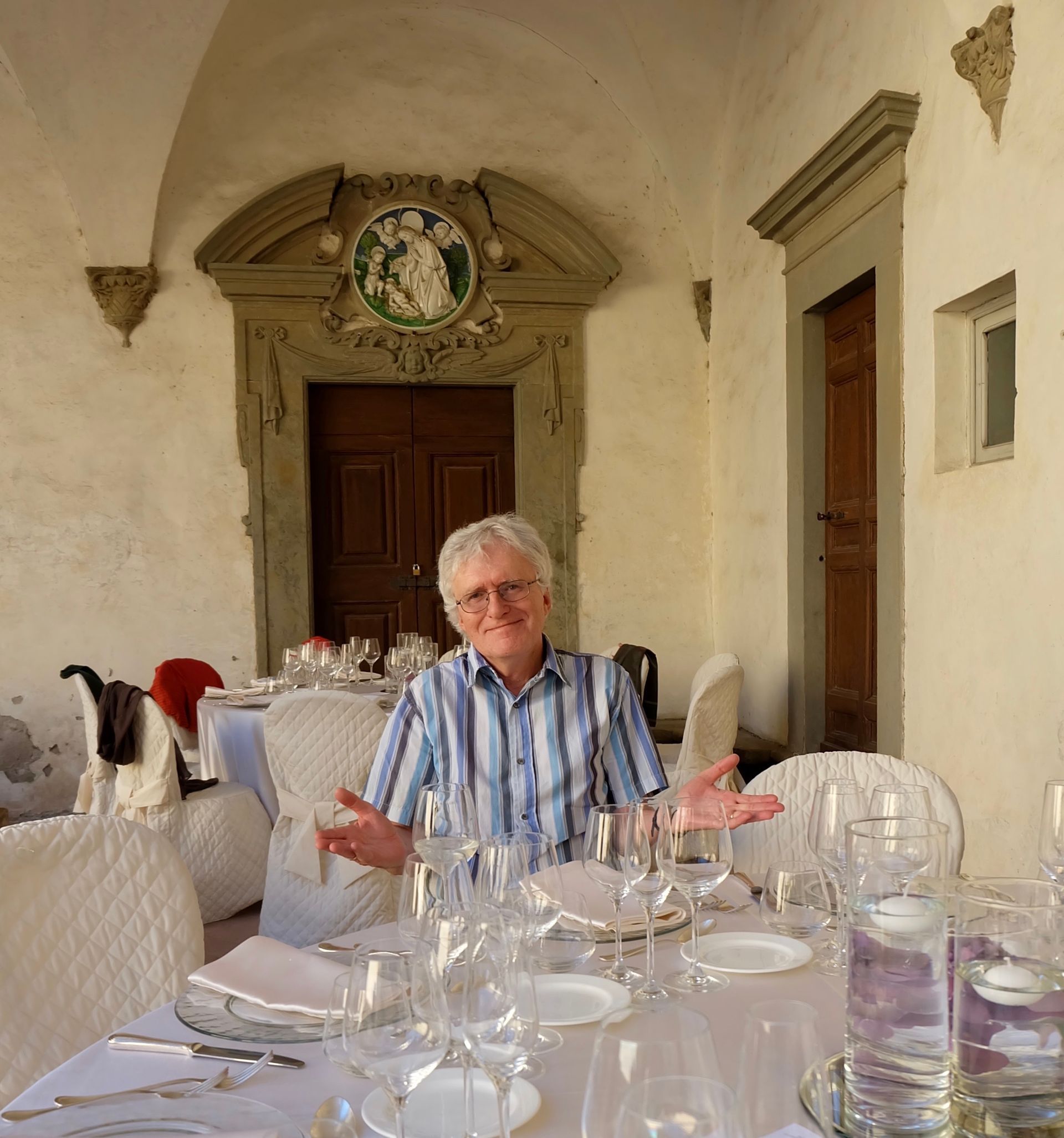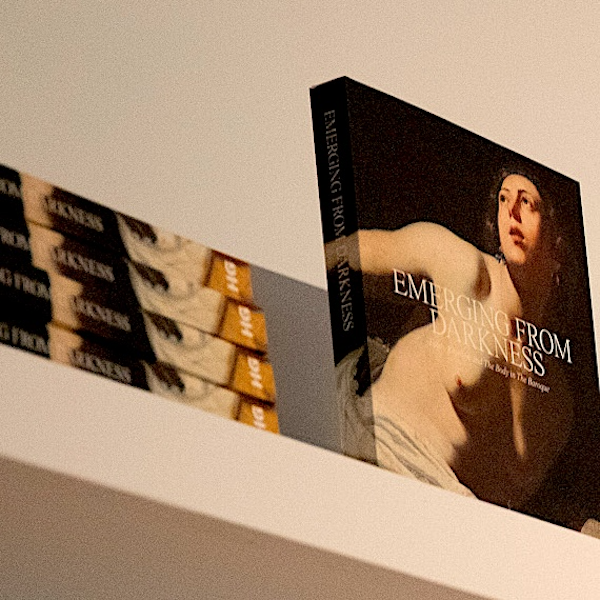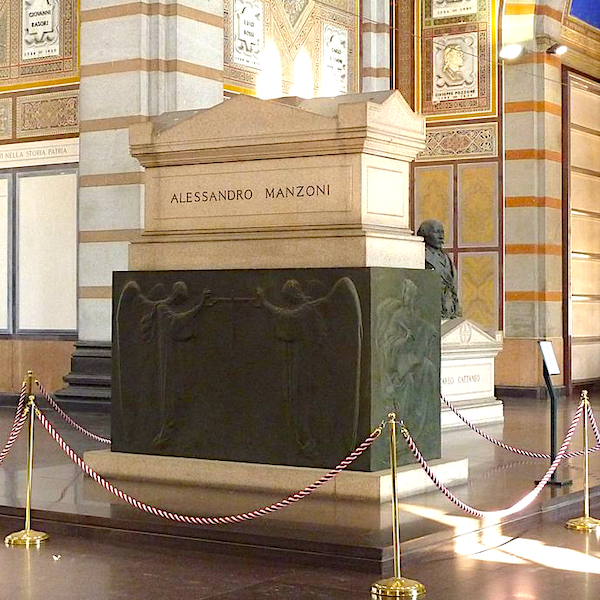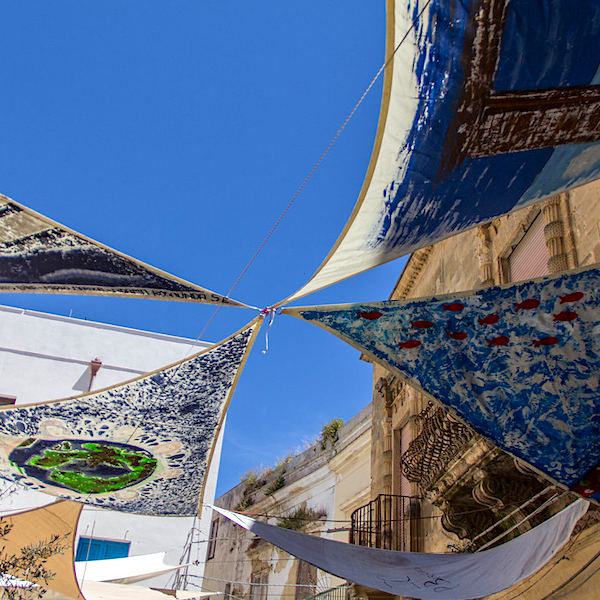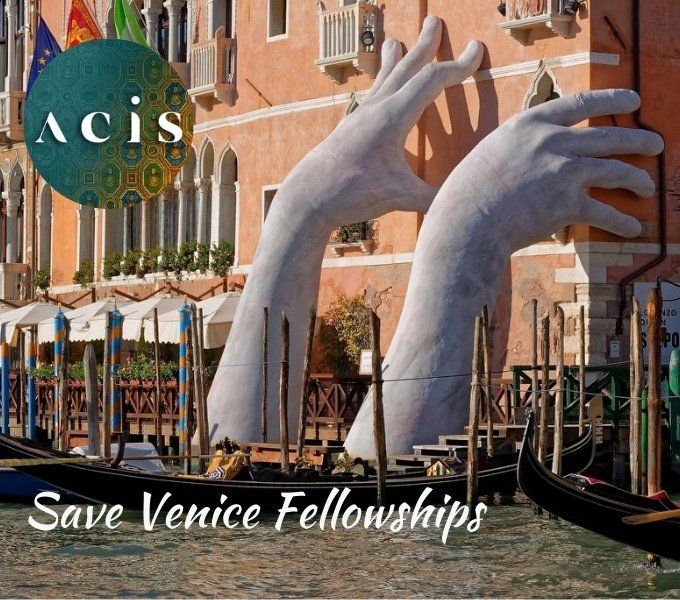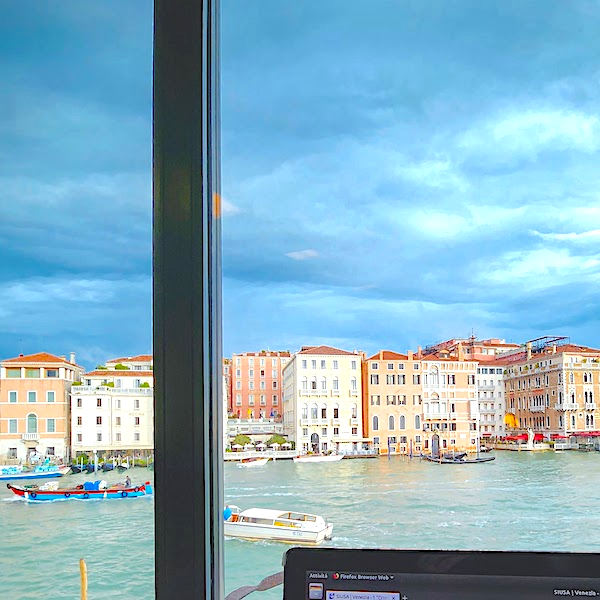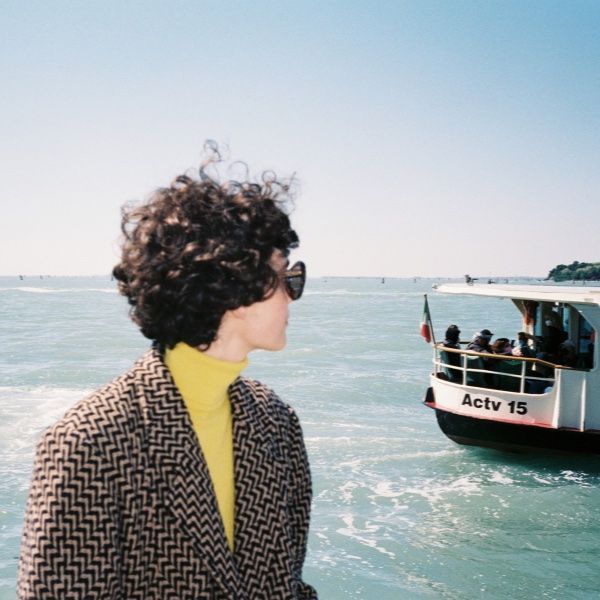From text to stone: translation on the Italian peninsula in the later Middle Ages
Pippa Salonius CMRS, UCLA
Orvieto’s cathedral
With this blog entry I hope to make the paper I gave at a recent conference at Monash University a little more accessible to those of you who enjoy Italian history and art. I study the Italian cathedral, specifically the cathedral in Orvieto, and much of my work concerns its façade discourse: What did the images presented there mean to their audience? Who was that audience? Who was responsible for the content of that message? The theme of the ANZAMEMS conference at Monash was “Cultures in Translation” and the material I presented concentrated on the idea that translation extends beyond the literary sphere of text into the broader communicational field of ‘the arts’ in general. This is particularly true of medieval Europe, where there was great discrepancy in vernacular speech from one geographic region to another, and the educated ruling class communicated in Latin. Literacy was, generally speaking, a privilege of the educated male élite. In my paper ‘Text and Image at Orvieto’ I was trying to stress how important the language of images was as a universal means of addressing the medieval public.
At Orvieto, the vast expanse of narrative relief work executed under the direction of Sienese master builder Lorenzo Maitani is unique to Italian art. Twelfth-century precedents on the façades of the cathedral of Modena and the church of San Zeno Maggiore in Verona made no attempt to illustrate the Genesis cycle to the extent it appeared in the salvation discourse at Orvieto. At San Pietro in Spoleto, which is often cited for its geographic proximity, the façade narrative is extremely limited in comparison to the discursive nature and extent of the Orvieto reliefs. Perhaps its closest example in discursive quality and narrative style is the contemporary relief cycle sculpted for the tomb of Bishop Guido Tarlati in the Cathedral of Arezzo by the Sienese artist Agostino di Giovanni.
I am convinced that the Orvieto reliefs were based on the teachings of Saint Bonaventure at the University of Paris, and I have been able to trace the tree imagery which frames the four pilasters of pictorial narrative to the mendicant scholar’s Collationes in Hexaemeron. There is little doubt that the sculpted reliefs translate fundamental concepts from the Franciscan doctor’s original Parisian sermons into pictorial narrative form. Members of the 160-odd Parisian audience recorded Bonaventure’s orated commentary on Genesis in written form, which in its turn was transformed and placed on public display at Orvieto. This process of transformation from sermon to text to pictorial relief narrative ultimately rendered Bonaventure’s works more accessible to a much wider public. A concept very much in keeping with his beliefs that contemplative life should be the normal culmination of every truly Christian life and that sensory perception provides insight into God.
In Bonaventure’s commentaries on the Hexaemeron (the creation of the world in six days as presented in Genesis 1) we are able to observe an even older, more established translation history. According to Frank E. Robbins the first extant work of hexaemeral literature written in Greek was a commentary on Genesis by Philo Judaeus (c. 40 AD), who drew material from the Hebrew Bible, Plato’s Timaeus, Platonising neo-Pythagoreans and the Stoics. Subsequently, the most influential texts in the tradition were by Basil of Caesarea (d. 379) and Augustine of Hippo (d. 430). The fact that each new work was an imitation of earlier treatises was particularly relevant to the topic of the conference ‘Cultures in Translation’. The Hexaemeron can be traced through centuries of literature. Its commentary was translated from Greek to Latin and then into subsequent languages. John Milton’s Paradise Lost , which was first published in 1667, can be considered a later poetical version of the narrative.
The thirteenth century saw a proliferation of hexaemeral literature and Bonaventure’s contribution should be noted alongside those of Albertus Magnus and Thomas Aquinas as all three of these men resided in Orvieto in 1262 during the residency of pope Urban IV. I am convinced that the sculpted articulation of the Orvieto cathedral façade represents a conscious effort to etch the presence of these great scholars into the city’s civic memory. In fact many elements in the relief program can be traced directly, not only to Bonaventure’s Collationes in Hexaemeron , but also to the hexaemeral commentaries of Augustine, Ambrose and Philo Judeaus himself. This is probably due to both Bonaventure’s studies of these texts and perhaps also an awareness of the hexaemeral tradition at the court of pope Nicholas IV, from where I believe the designers of the Orvieto cathedral façade were sourced.
